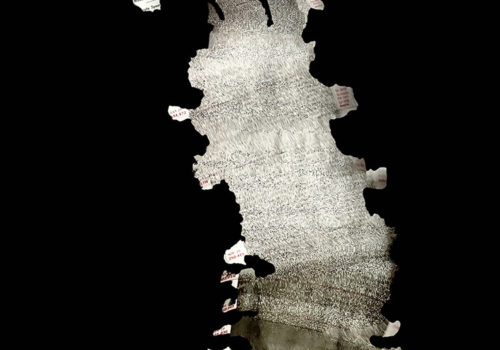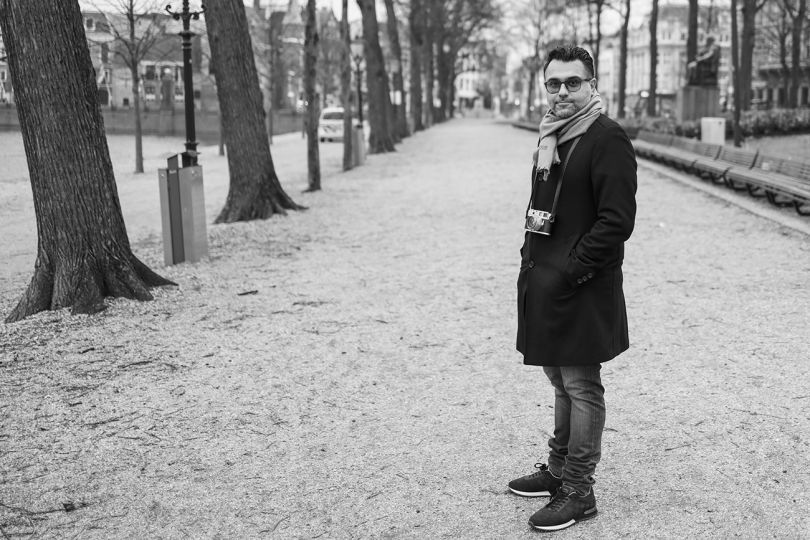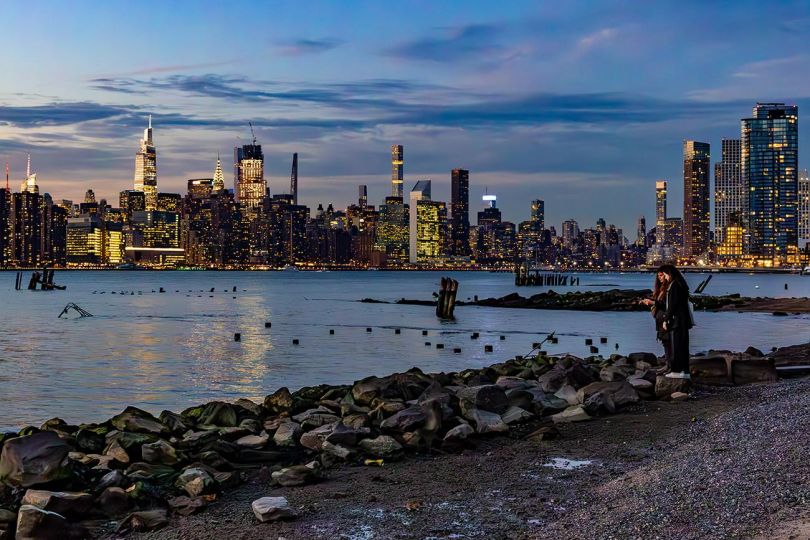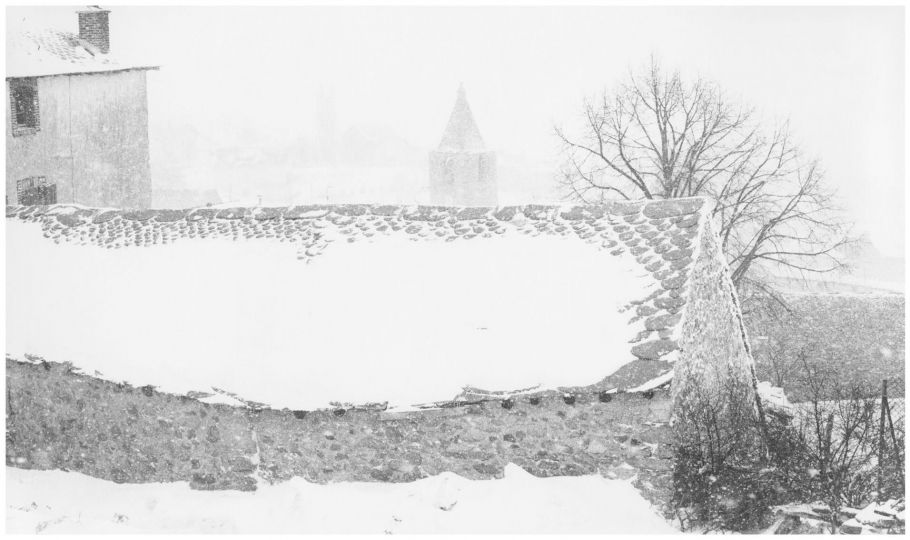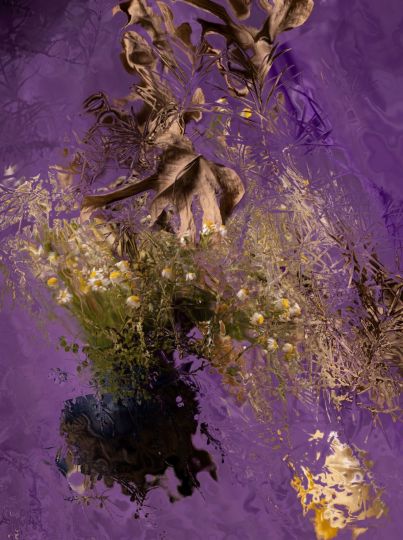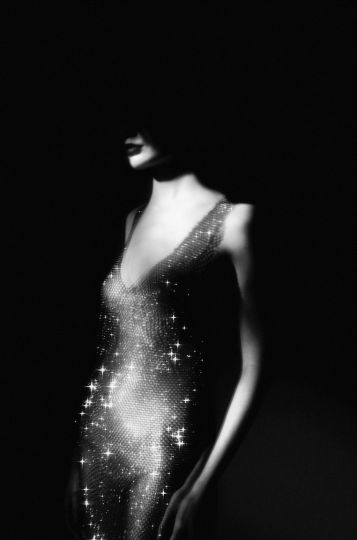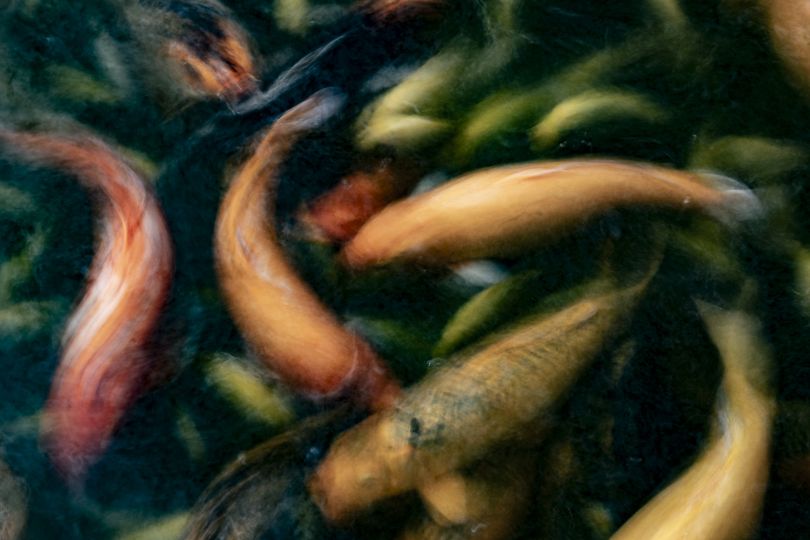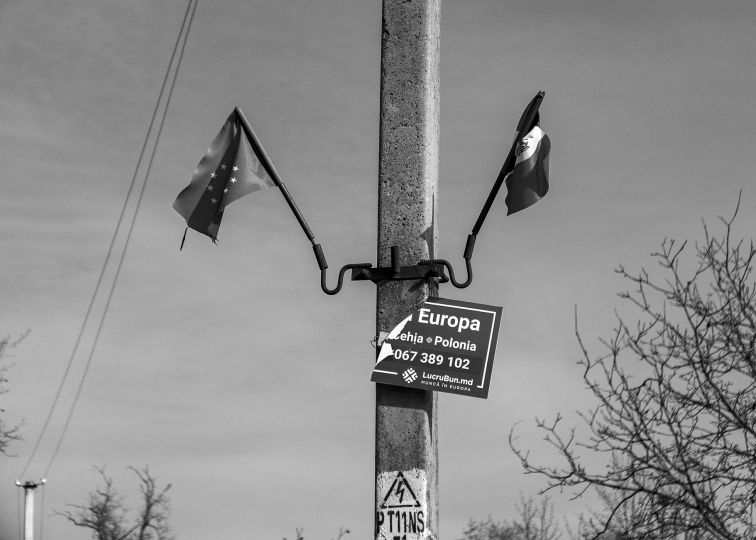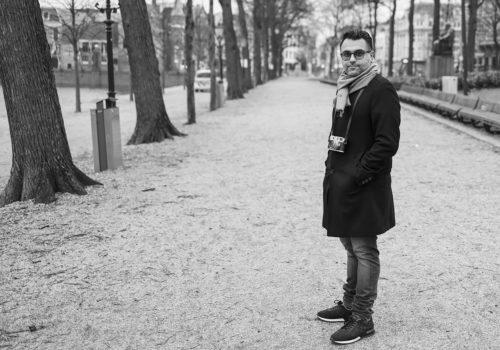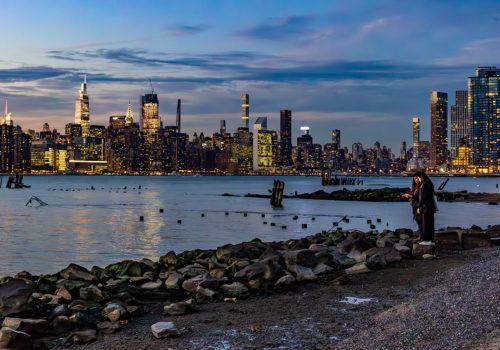Pandemic Gazette 2020—2021
The Pandemic Gazette is a photographic interpretation of the social landscape as presented through halftone images in the mainline American media during the Coronavirus (COVID-19) crisis of 2020—2021. It is a mediation on how photo-based imagery has gained an inordinate power to influence public opinion, prompt action, comfort, enrage, and direct desire and consumption.
A gazette is a printed paper that is distributed daily or weekly that contains news, features, opinion, and advertising.
While traveling in American during 1831 Alexis de Tocqueville, author of Democracy in American (1835—1840), was impressed by the “astonishing circulation of letters and newspapers.” The founders of the United States understood that the reliable delivery of information was essential for democracy. It allows for ideas to circulate and discussions and consensus to arise. Although the method has largely shifted from print to digital, the concept remains unchanged.
Epidemics have personal relationships to the work of artists and intellectuals as well as the human-built and natural environments. Made throughout this historic COVID-19 crisis, the Pandemic Gazette is my photographic exploration regarding how mainline American print media has visually communicated these economic, health, political, racial, and social justice events.
Scourges, like COVID-19, hold up a mirror to human beings. They show us who we really are in relationship to our mortality. Most importantly, these calamities lay bare the moral relationships that we have toward each other. It makes clear the need to act as a unified species rather than dividing ourselves into tribes based on monetary status, ethnicity, religion, and race.
Hirsch physically collaged and digitally rephotographed American-based news articles to discover new ways of interpreting the subject matter being circulated. This practice actively engages in the construction of meaning through visual composition, language, and historic and studio time. It sets aside notions of what constitutes a good photography. This project explores the ties between information and its analysis. The working process of erasure and recovery alters the original narrative, demonstrating that the investigation of images is fluid and depends upon context in which they are juxtaposed with text and other images, allowing interpretation to be unpacked on multiple levels.
These reenvisioned headlines convey the possibility of reckoning with history by offering the opportunity of reexamining painful experiences to more deeply ponder and understand what they can represent in hope of realizing better outcomes to the problems that plague the human condition.
Robert Hirsch

